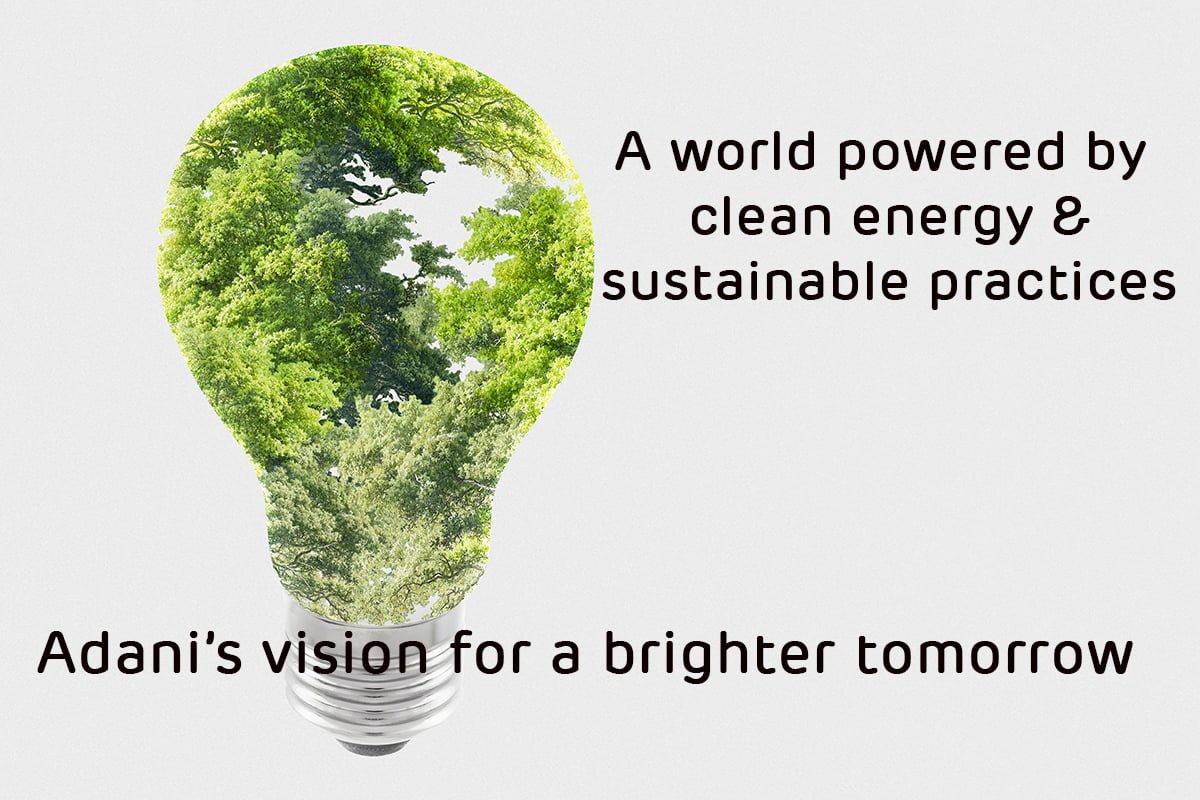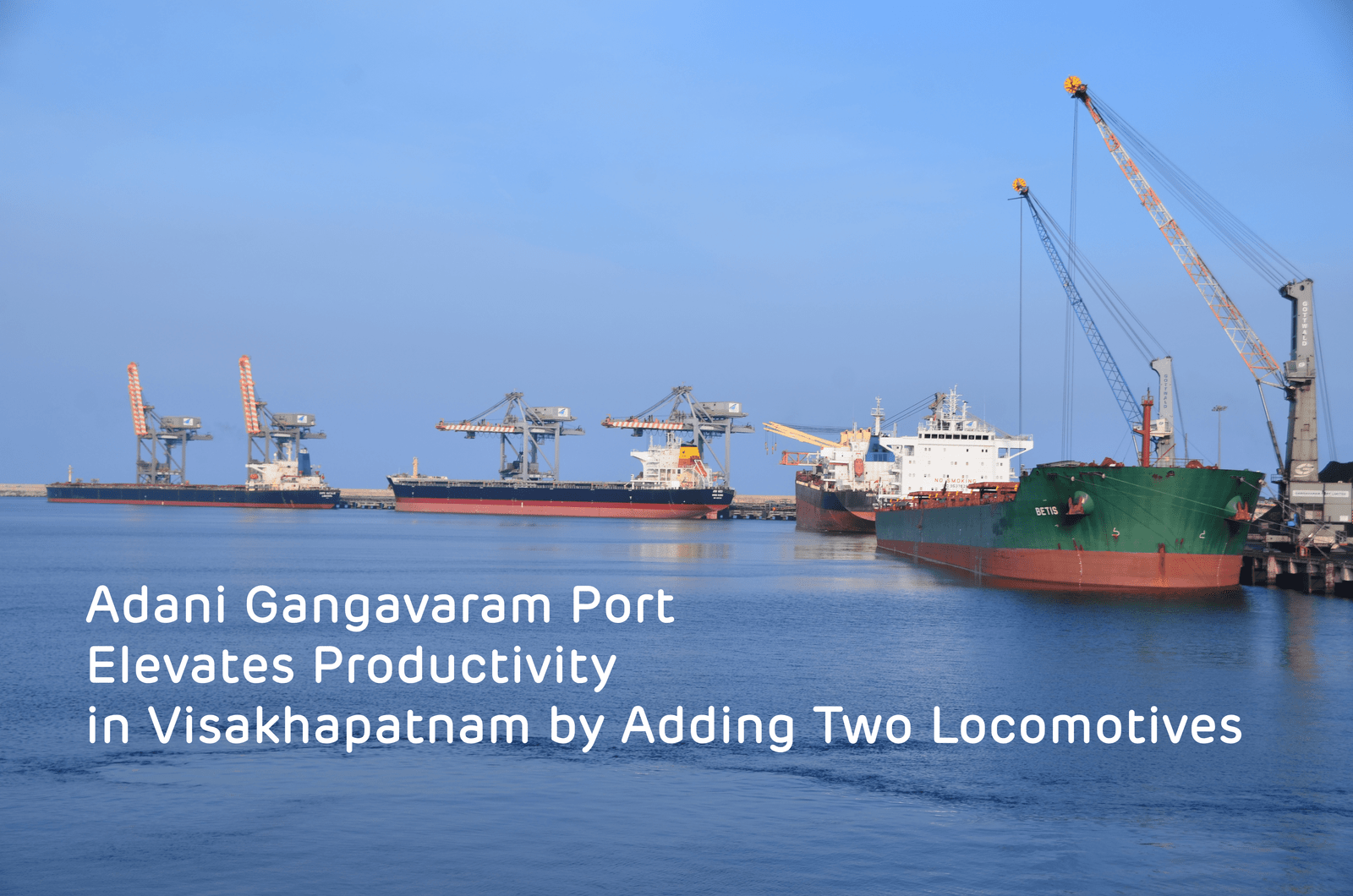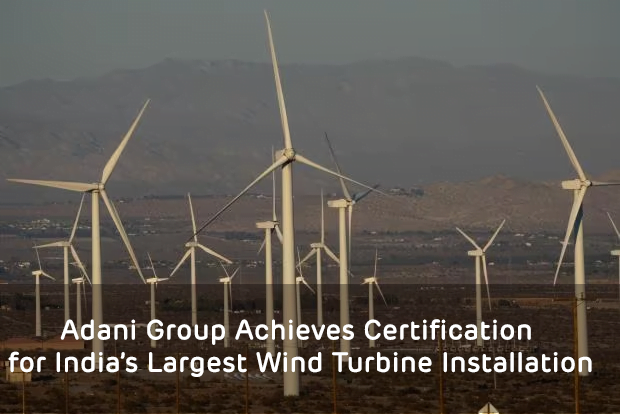Remember how our mothers and grandmothers used to store spices, lentils and groceries in those ubiquitous plastic or glass jars that were never taken off the kitchen shelves until they broke? Or the clothes that would be handed down to younger siblings and cousins until they were worn out. Recycling is in India’s DNA. We reuse and repurpose anything and everything that has value.
Reusing and repurposing material not just reduces demand but also saves the energy required to process it. Copper is one such material. One way to obtain it is through mining, another is recycling. Yet another way is using smelters.
As the demand for power increases globally, the need for copper is significant as it is a very important component in energy transition. Mining of copper can be energy intensive and there lies the challenge. However, copper can also be recycled. It can be extracted from goods that have copper, goods that have been thrown away or are being disposed of – refrigerators, stoves, and air conditioners are great sources of copper as they require a larger power supply and, therefore, tend to contain thick insulated copper wire. It is very easy to convert that copper for use in making new products. This concept is called urban mining.
Urban mining and smelting are different processes but involve recovery of industrial and rare metals from scrap and ore. According to a study, ‘Urban mining of precious metals via oxidizing copper smelting’, both approaches use similar steps, starting from the collection or mining of primary or secondary resources, followed by their treatment to provide an appropriate feed mix for pyrometallurgical (pyrometallurgy is a conventional process to recover non-ferrous and precious metals from electronic waste) processing. The study states, “The mineral processing of copper ore typically includes comminution (breaking into fine particles) and froth flotation steps, whereas the mechanical processing in secondary route includes different sorting, dismantling and mechanical separation processes.”
The complexities of India’s copper landscape – covering mining, production, end-of-life scrap generation, and recycling – has been explained in the “stock and flow model” of the International Copper Association India (ICA-India) and the Fraunhofer Institute, Germany. “India boasts of one of the highest recycling rates (proportion of end-of-life copper scrap that gets recycled and reintroduced into the system) globally, ranging from an impressive 95.1 per cent to 99.4 per cent. This can be attributed to the high collection efficiency of discarded copper, the recognition of copper’s high value across the entire value chain, and minimal copper loss during the remelting process,” says the ICA-India study.
Having said that, the demand for copper is expected to increase due to growth drivers like renewable energy and electric vehicles. India’s drive towards clean energy systems, electric vehicles and a host of associated applications is expected to double domestic copper demand by 2030. In line with the Government of India’s vision of ‘Make in India’, Adani Group’s Kutch Copper Ltd (KCL) is building a 1 million tonne per annum (MTPA) capacity copper complex at Mundra in Gujarat. When completed, this would be the world’s largest single location copper smelting complex, producing enough copper to reduce India’s dependence on imports.
Currently, the country’s imports exceed its exports. According to government data, India imported 1,81,000 tonnes of copper in 2023 whereas the export figure was a dismal 30,000 tonnes. The data suggests that India consumed around 7,50,000 tonnes of copper last fiscal. This number is likely to increase to 1.7 million tonnes by 2027 due to high demand from the green energy industry.
Copper is a truly circular material that can be recycled over and over again with no loss of physical properties. With a global shift towards renewable resources and decarbonization, it will play a key role in sustainable development. So, we must make sure that copper is sustainable in the long term; it is sustainable economically; and it sustains the environment and communities, so that it doesn’t put a strain on society and human relationships.










